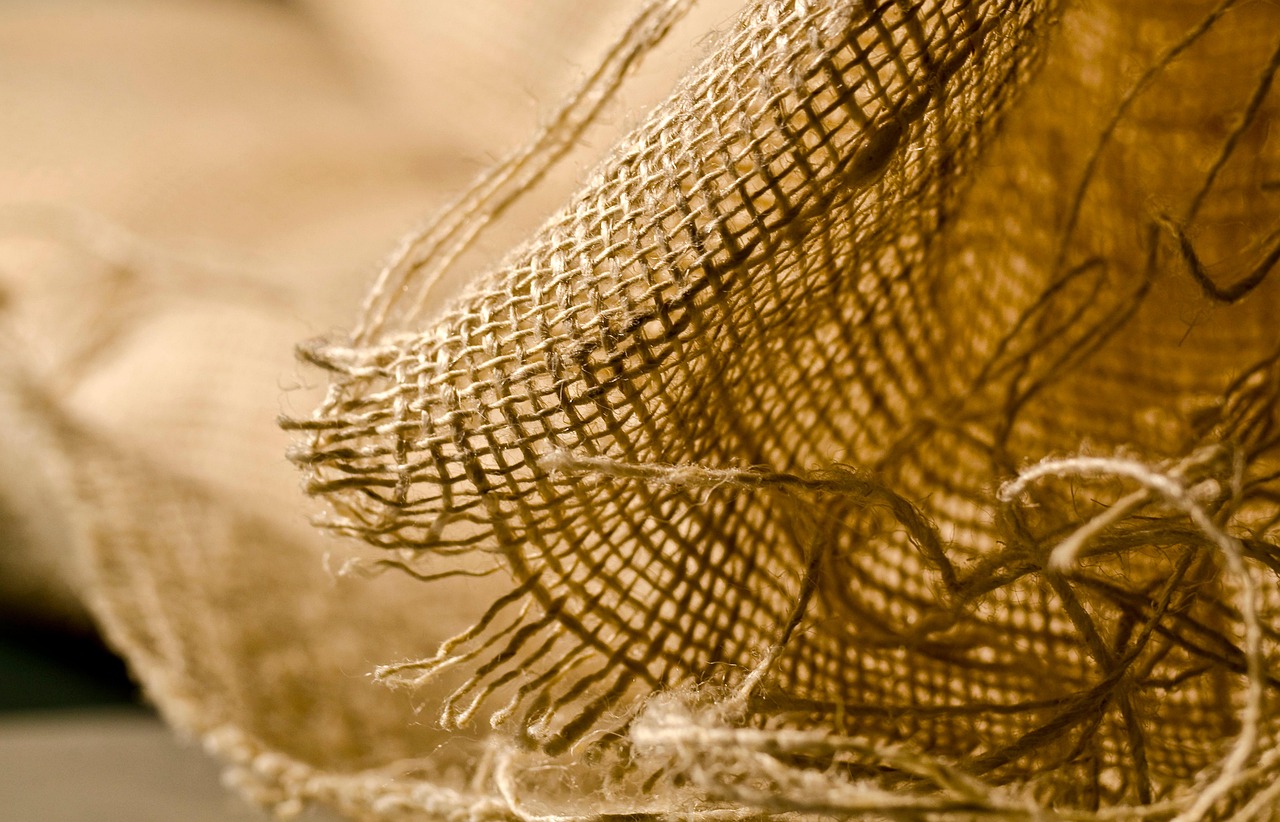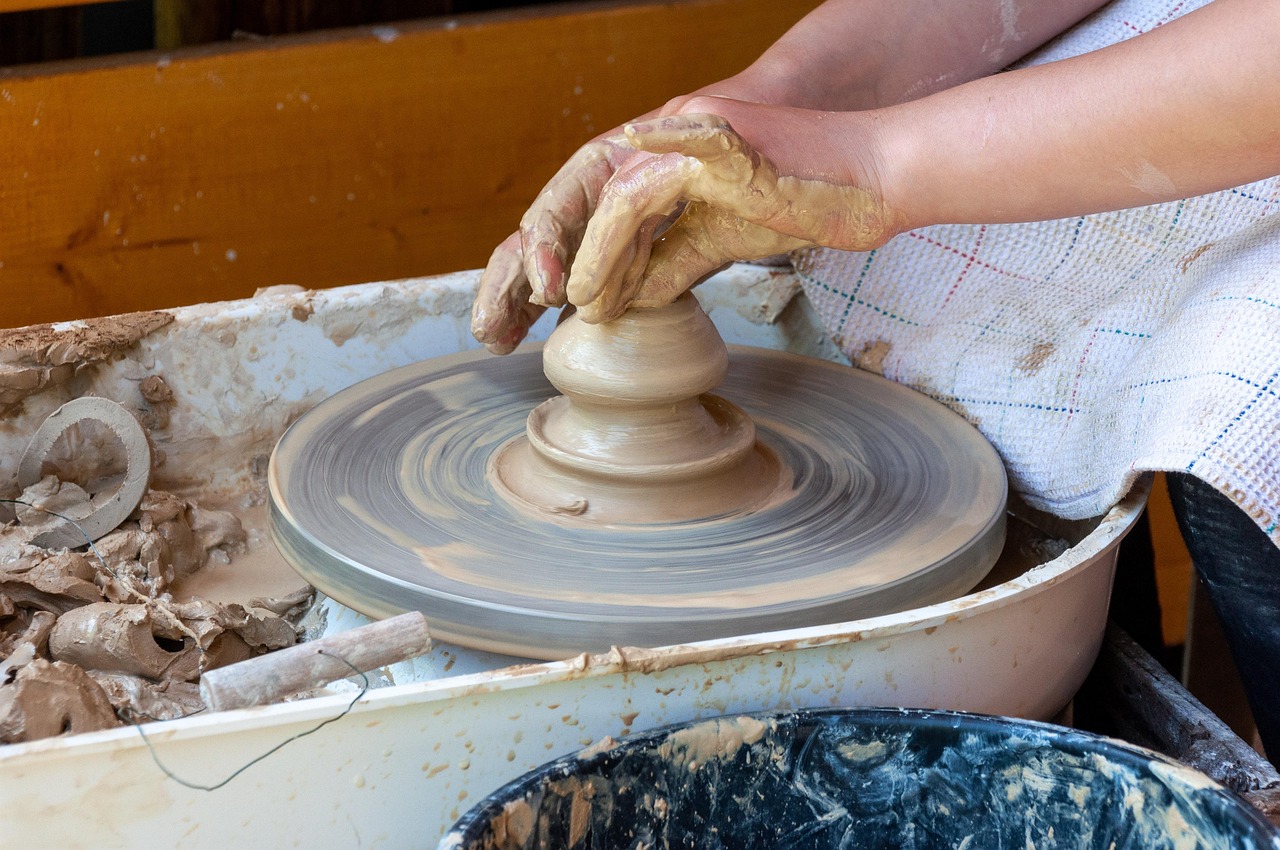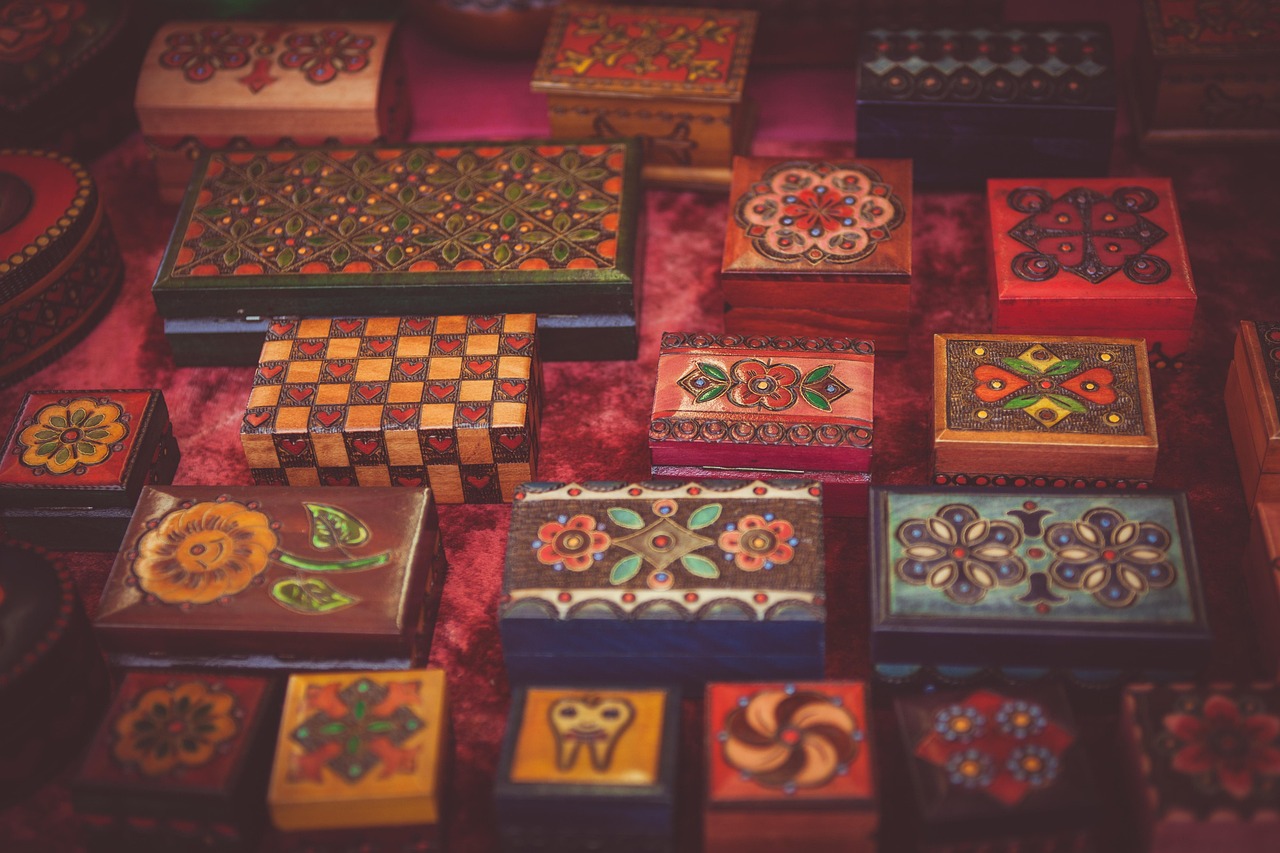Acacia wood is renowned for its durability and versatility, making it ideal for both industrial applications and craft projects. Its natural resistance to moisture and pests allows it to be used in furniture, flooring, and various artisanal products. This unique wood contributes to sustainable practices due to its fast growth and abundance.
Introduction to Acacia Wood

Acacia wood comes from the Acacia genus, which includes over 1,300 species of trees and shrubs. These trees are native to warm climates, particularly in Australia, Africa, and parts of the Americas. The wood is characterized by its rich color variations, ranging from light golden hues to deep browns. This aesthetic appeal, combined with its physical properties, makes acacia wood a popular choice in a variety of industries.
The wood is dense and hard, which provides excellent strength and durability. It is also known for its beautiful grain patterns, making it a favorite among craftsmen and furniture makers. Given its unique properties, acacia wood has found a place in both industrial manufacturing and artisanal crafts.
Industrial Uses of Acacia Wood
Acacia wood is widely utilized in various industrial applications due to its robust characteristics. The following are some key areas where acacia wood plays a crucial role:
- Furniture Manufacturing: Acacia is commonly used to produce high-quality furniture. Its durability ensures longevity, while its aesthetics enhance interior design.
- Flooring: The hardness of acacia makes it an excellent choice for flooring solutions. It can withstand heavy foot traffic and offers a unique look.
- Construction: Acacia is employed in the construction of outdoor structures such as decks and pergolas due to its weather-resistant traits.
- Musical Instruments: Certain types of acacia wood are used in crafting musical instruments, providing both beauty and acoustic quality.
Craft Uses of Acacia Wood
In addition to its industrial applications, acacia wood is favored by artisans for various crafting purposes. Its workability and appealing aesthetic make it suitable for a wide range of crafts:
- Carvings: Artisans love the fine grain of acacia wood for intricate carvings. It allows for detailed work that showcases the artist’s skill.
- Kitchenware: Items such as cutting boards, utensils, and bowls are often made from acacia wood. Its resistance to moisture makes it ideal for kitchen use.
- Decorative Objects: Acacia’s natural beauty lends itself well to decorative items like vases, picture frames, and sculptures.
Environmental Benefits of Acacia Wood
One of the most significant advantages of using acacia wood is its sustainability. Acacia trees grow rapidly and can thrive in poor soil conditions, making them an environmentally friendly option. Harvesting acacia wood does not significantly impact the ecosystem, especially when done responsibly. This aspect makes acacia wood an attractive choice for environmentally conscious consumers.
| Property | Description |
|---|---|
| Density | High density makes it durable and resistant to wear. |
| Moisture Resistance | Naturally resistant to moisture and pests. |
| Aesthetic Appeal | Rich colors and unique grain patterns enhance visual appeal. |
The versatility of acacia wood continues to inspire both manufacturers and artisans alike. Its strength, beauty, and eco-friendly nature make it a preferred choice across various sectors. From furniture production to handcrafted kitchenware, the uses of acacia wood are vast and varied, contributing significantly to both industrial needs and creative expressions.
Types of Acacia Wood
Acacia wood is derived from various species, each possessing unique characteristics that affect its suitability for different applications. Understanding the different types of acacia wood can help in selecting the right material for specific industrial and craft uses.
Common Species of Acacia Wood
Some of the most popular species of acacia wood include:
- Acacia Mangium: Known for its fast growth and straight grain, this species is commonly used in furniture and flooring. It has a light to medium brown color.
- Acacia Confusa: This species features a darker hue and is often used for decorative items and carvings due to its rich color and fine texture.
- Blackwood Acacia: This variety is highly valued for its deep tones and is predominantly used in high-end furniture and musical instruments.
- Acacia Koa: Native to Hawaii, Koa wood is prized for its stunning grain patterns and is often used in luxury items like ukuleles and fine furniture.
Processing Acacia Wood
The processing of acacia wood is essential to enhance its durability and aesthetic qualities. Proper treatment and finishing can significantly impact the end product’s performance.
Drying Methods
Drying acacia wood is a critical step in processing. There are two main methods used:
- Air Drying: This natural method involves stacking the wood outdoors in a controlled environment. It can take several months but is energy-efficient.
- Kiln Drying: This faster method involves placing the wood in a kiln where temperature and humidity are controlled. It helps prevent warping or cracking.
Treatment Options
Treating acacia wood can further enhance its properties. Common treatments include:
- Preservatives: These protect against pests and fungal attacks, increasing the lifespan of outdoor furniture.
- Stains and Finishes: Applying stains can enhance the natural beauty of the wood, while finishes provide a protective layer against moisture and wear.
- Oiling: Regular oiling helps maintain the wood’s luster and prevents drying out, particularly for kitchen items.
Applications in Furniture Design

Acacia wood’s versatility makes it a popular choice in furniture design. Its strength, durability, and aesthetic appeal allow for a wide range of applications.
Types of Furniture Made from Acacia Wood
The following types of furniture commonly feature acacia wood:
- Dining Tables: The robust nature of acacia makes it suitable for dining tables that endure daily use. Its beauty adds elegance to any dining space.
- Chairs: Acacia chairs provide comfort while being durable. They can be designed for both indoor and outdoor settings.
- Coffee Tables: The unique grain patterns of acacia create stunning coffee tables that serve as focal points in living rooms.
- Cabinets and Storage Units: Due to its strength, acacia is often used in cabinets that require high durability while maintaining an attractive finish.
Sustainable Furniture Practices
The demand for sustainable practices in furniture production has led many manufacturers to prioritize acacia wood due to its rapid growth and renewability. Ensuring that the wood is sourced from responsibly managed forests contributes to environmental conservation efforts.

Additionally, using acacia wood supports local economies, particularly in regions where these trees are abundant. By choosing acacia wood products, consumers can make environmentally friendly choices that also support sustainable industry practices.
The range of applications for acacia wood continues to grow as designers explore its potential. From contemporary furniture designs to traditional craftsmanship, acacia wood serves as a foundation for innovation and creativity in both industrial and craft settings.
Acacia Wood in Craftsmanship
Craftsmanship plays a significant role in showcasing the beauty and versatility of acacia wood. Artisans utilize this material to create unique, handcrafted items that highlight its natural attributes. The following sections explore various craft applications of acacia wood, emphasizing its appeal among crafters and consumers alike.
Handcrafted Items
Acacia wood is favored for various handcrafted items due to its favorable working properties and striking appearance. Some common handcrafted products made from acacia include:
- Wooden Bowls: The fine grain and rich color make acacia an excellent choice for creating beautiful serving bowls that add elegance to any dining experience.
- Cutting Boards: Acacia cutting boards are popular because of their durability and natural resistance to moisture. They provide a sturdy surface for food preparation.
- Utensils: Wooden utensils, such as spoons and spatulas, made from acacia are not only functional but also aesthetically pleasing. They are safe for non-stick cookware.
- Decorative Sculptures: Artists carve intricate sculptures from acacia wood, taking advantage of its ability to hold detail while showcasing the wood’s unique grain patterns.
Techniques in Acacia Wood Crafting
The crafting of acacia wood involves various techniques that enhance its beauty and functionality. Here are some prominent methods used by artisans:
- Carving: This technique involves removing the outer layers of wood to create shapes and designs. Carving requires skill and precision, allowing for intricate patterns that highlight the wood’s grain.
- Inlay: Artisans sometimes use inlay techniques to combine different materials with acacia wood. This method allows for creative designs and adds a touch of uniqueness to each piece.
- Finishing: Proper finishing is crucial for enhancing the natural beauty of acacia wood. Techniques such as sanding, staining, and applying oil or varnish help protect the wood while highlighting its color and texture.
Acacia Wood in Culinary Applications
In addition to its aesthetic appeal, acacia wood is highly valued in culinary applications. Its natural properties make it suitable for various kitchen tools and utensils.
Benefits of Acacia Wood in the Kitchen
The use of acacia wood in culinary settings offers several advantages:
- Durability: Acacia’s hardness means that kitchen items made from this wood are resistant to wear and tear, ensuring long-lasting use.
- Natural Antibacterial Properties: Acacia wood is known for its natural resistance to bacteria, making it a hygienic choice for food preparation surfaces.
- Aesthetics: The rich colors and unique grain patterns of acacia add visual appeal to kitchenware, making them attractive both for use and display.
Popular Culinary Products Made from Acacia Wood
Various culinary products are crafted from acacia wood, highlighting its functionality and beauty:
- Charcuterie Boards: Acacia charcuterie boards are popular for serving meats and cheeses, providing a stunning presentation while being durable enough for everyday use.
- Salad Bowls: Acacia salad bowls maintain their beauty over time while providing a practical vessel for serving salads and other side dishes.
- Spatulas and Serving Spoons: These utensils are often handcrafted from acacia, offering both functionality and style in the kitchen.
The Global Market for Acacia Wood Crafts

The global market for acacia wood crafts continues to grow as demand for handcrafted items rises. Consumers increasingly seek unique, sustainable products that reflect their values.
Trends in Acacia Wood Crafts
Several trends have emerged in the acacia wood crafts market:
- Sustainability Consciousness: As sustainability becomes a priority for consumers, acacia wood’s renewable nature attracts eco-conscious buyers.
- Customization: Many artisans offer customized designs, allowing consumers to own personalized items that reflect their tastes and preferences.
- Online Marketplaces: The rise of e-commerce has opened new opportunities for artisans to reach global audiences. Online platforms provide a venue for showcasing and selling unique acacia wood crafts.
The appreciation of artisanal craftsmanship combined with the advantages of using acacia wood creates a compelling market for both creators and consumers. As trends continue to evolve, acacia wood remains a favored choice across various crafting domains.
The Future of Acacia Wood in Industry and Craft
As industries and consumers increasingly prioritize sustainability and aesthetic appeal, the future of acacia wood looks promising. With its rapid growth and unique properties, acacia wood is likely to remain a favored choice for various applications. Innovations in processing and crafting techniques are also expected to enhance its usability and appeal.
Innovations in Acacia Wood Usage
Emerging technologies and trends are paving the way for new uses of acacia wood:
- Advanced Treatment Methods: New treatments can enhance the wood’s natural resistance to moisture and pests, increasing its lifespan even further, particularly in outdoor applications.
- Eco-friendly Products: The demand for environmentally conscious products continues to grow. Acacia wood, being sustainable, will be integral to creating eco-friendly furniture and utensils.
- Collaboration with Designers: Collaborations between artisans and designers can yield innovative products that combine traditional craftsmanship with modern aesthetics.
Global Demand and Market Growth
The global demand for acacia wood products spans various markets, from high-end furniture to everyday kitchen items. This demand is fueled by several factors:
- Increased Awareness of Sustainable Practices: As consumers become more environmentally conscious, they seek products made from renewable resources like acacia wood.
- Growth in E-commerce: The rise of online shopping has made it easier for consumers to access unique acacia wood crafts, allowing artisans to reach broader markets.
- Customization Trends: Personalized items are in high demand. Acacia wood’s versatility allows artisans to create bespoke pieces tailored to individual customer preferences.
Final Thoughts
Acacia wood stands out as a versatile and sustainable material with applications ranging from industrial uses to artisanal crafts. Its durability, aesthetic appeal, and eco-friendly properties make it an ideal choice for manufacturers and crafters alike.
The ongoing trends in sustainability, customization, and online marketing only enhance the relevance of acacia wood in today’s market. As more consumers become aware of the benefits of using acacia wood products, the demand is expected to increase, encouraging manufacturers and artisans to innovate continually.
The craftsmanship associated with acacia wood not only celebrates traditional techniques but also embraces modern design principles. This combination ensures that acacia wood will continue to play a significant role in both industries and crafts for years to come.
In conclusion, acacia wood represents more than just a material; it symbolizes a commitment to sustainability and creativity. Whether through industrial applications or handcrafted items, the uses of acacia wood are rich and varied, making it a valuable asset in the world of woodworking and beyond.
